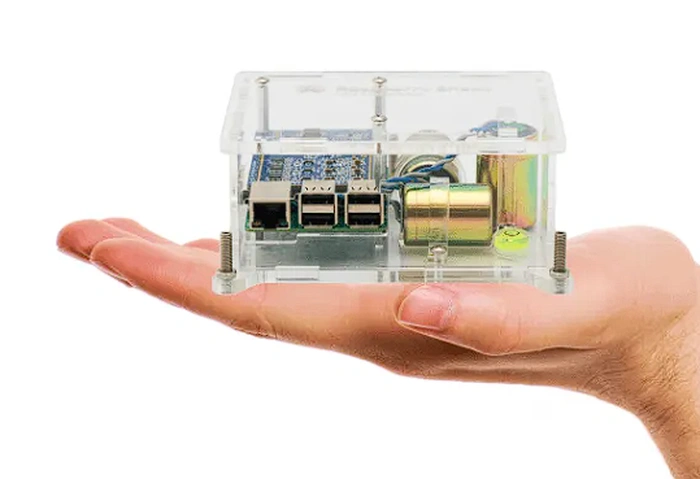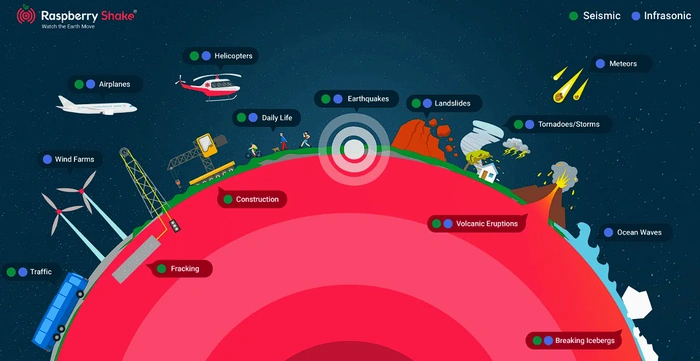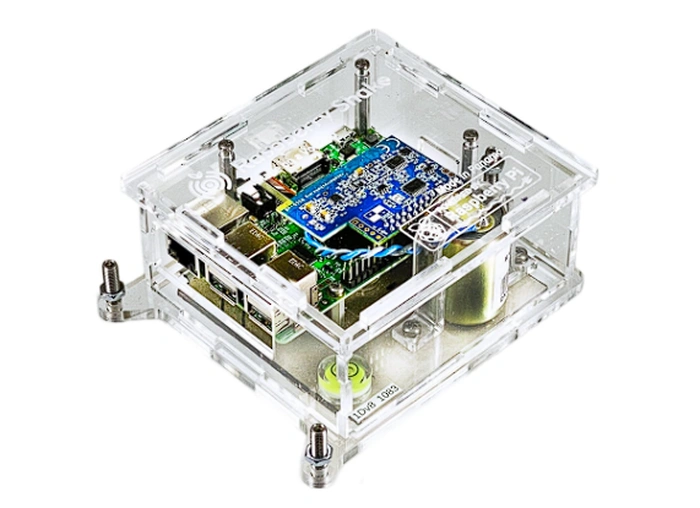In the realm of seismology, the Raspberry Shake is making waves. Despite its diminutive size, this device is a powerful, professional-grade seismological instrument capable of recording earthquakes of all magnitudes. From the faintest tremors that elude human senses to the most devastating seismic events, the Raspberry Shake captures it all.
But the Raspberry Shake doesn’t stop at just monitoring the Earth’s movements. It also keeps an ear to the sky, recording atmospheric activities that produce sounds too low for human ears to detect. These sounds, which can travel vast distances, originate from a myriad of sources such as meteorites, rocket launches, tornadoes, lightning, wind farms, airplanes, trains, and traffic, among others. Watch the video below to learn more about the full range of Raspberry Shake devices how they can be used to detect earthquakes in your area and further afield.
What can the Raspberry Shake detect?
The Raspberry Shake and its atmospheric counterpart, the Raspberry Boom, provide two distinct perspectives on Earth and atmospheric activity. They are designed to seamlessly integrate with Raspberry Pi, the most popular single-board personal computer in the tech world. Once connected, users can join the largest citizen-powered Earth monitoring network, Station View, and explore fascinating global events in real time.
The Raspberry Shake seismographs and infrasound monitors employ a combination of professional-grade earth sensors, a powerful Shake Board digitizer, and a Raspberry Pi computer pre-programmed with a custom Shake OS. The primary geophone, accelerometer, and infrasound sensors function as “earth microphones,” constantly monitoring the Earth’s activities and human impact.
Detect earthquakes near you
The Shake Board digitizer processes and interprets the sensor data in real time, enabling the Raspberry Pi computer to export the data for easy access. Users can display and analyze the data using a comprehensive set of web tools or any standard seismological software.
The Raspberry Shake seismograph, priced at approximately $175 or £136, is now available for purchase. Users can also access the Shake mobile app to check for earthquakes in their area via ShakeNet, the central hub for all things Raspberry Shake.
The Raspberry Shake kit allows users to detect earthquakes by measuring the Earth’s motion, even as fine as the thickness of a human hair. It can detect motion from a magnitude six earthquake from the other side of the globe, approximately 16,000 km away. The Raspberry Boom, on the other hand, measures atmospheric activities around and above the user, including explosions and meteors colliding with the atmosphere.
Raspberry Shake earthquake detector and monitor
With 5 different Raspberry Shake models, it can be tough to know which is the best one for you.
Other articles you may find of interest on the Raspberry Pi and projects built using it :
During the Covid-19 pandemic, the Raspberry Shake network, the largest real-time seismic network, observed a significant reduction in human noise, enabling more precise detection of the Earth’s rumble. Raspberry Shakes and Booms have also been utilized in wildlife conservation efforts, such as detecting elephant communication and identifying new habitats for the endangered black-footed ferret.
The DIY kit requires users to supply their own Raspberry Pi and connect the geophone to the Raspberry Shake board, which is then placed on the first 26 pins of the Raspberry Pi’s GPIO. Users can download the OS and install it with the Raspberry Pi Imager if they didn’t receive the Raspberry Shake SD card. After setup, users can share their data with the Raspberry Shake community, with their exact location obfuscated for privacy. For more information on the Raspberry Shake and Boom devices jump over to the official website to learn more.
Source: Raspberrypi
Filed Under: Hardware, Top News
Latest Aboutworldnews Deals
Disclosure: Some of our articles include affiliate links. If you buy something through one of these links, Aboutworldnews may earn an affiliate commission. Learn about our Disclosure Policy.









